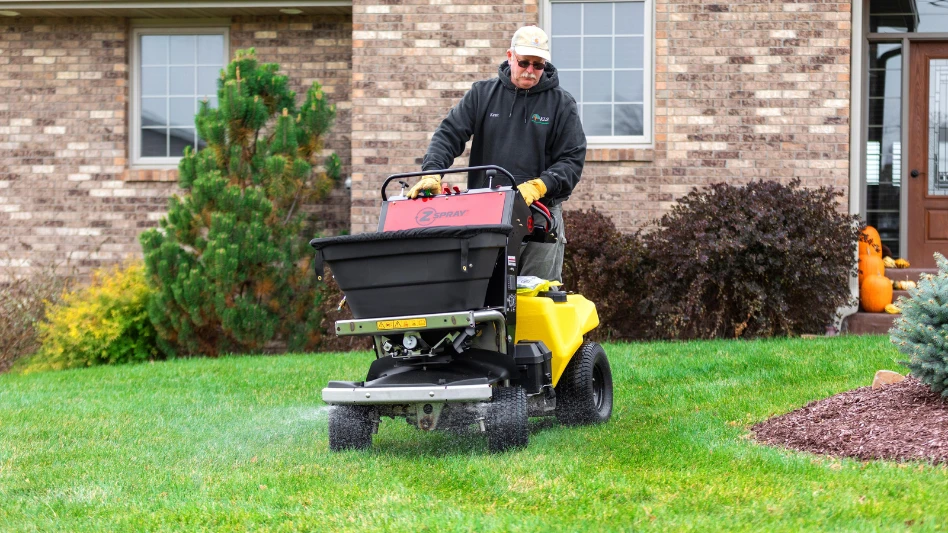The dog days of summer are here, not a rain cloud in the sky.
That’s great news if you’re in the business of installing swimming pools. Homeowners would rather hunker down in the air-conditioned house or stake out by the pool than spend time in their landscaped “outdoor rooms.” (Those rooms don’t have the same refreshing shot of cold air.) Planting more flowers or installing that natural screen of arborvitae is the last thing on their agenda.
But that doesn’t mean your business has to suffer.
“The goods news is, drought offers opportunities to landscapes with resource-efficient plants that work hand-in-glove with our natural environment and reinforce the natural beauty of an area,” says Bill Welch, landscape horticulturist at Texas AgriLife Extension Service in College Station, Texas.
Now is a good time to highlight finished projects that incorporate Earth-kind plants. Show potential clients how water-tolerant plants add a sense of place to the landscape, Welch says. And remind people that if they sign on for installation services now, they’ll see results faster. “There may be less of a wait to get work taken care of,” Welch points out. “And, the fact is, dry weather is a good time to plant as long as material is properly installed and maintained.”
Explain to customers how your company’s horticultural practices – mindful mowing, applying organic material – boost a landscape’s water retention capabilities. “The biggest challenge is helping people get over that inertia they fall into when it’s hot and dry – not wanting to move forward on projects,” Welsh says. “It takes some stimulation through marketing.”

Mitigate drought symptoms – lagging sales, resistant clients – by educating the public about irrigation opportunities and services that don’t depend on water. Showcase services you offer that do not involve plant material. “We are seeing more contractors do hardscapes, decks, gazebos and outdoor living area construction,” says Dr. Allen Owings, a horticulture professor at Louisiana State University who works with the commercial nursery and landscape industry in the state.
While Louisiana is experiencing a slight drought, the state has not weathered drought like Alabama, Georgia, Tennessee and Texas, Owing says. Still, he notices more landscape contractors offering irrigation installation.
Meanwhile, Welch sees a renewed interest in an old-time water conservation tool: the rain catcher. Companies such as Aquascape have introduced rainwater harvesting systems that contractors can sell as an eco-component of a landscape design, he says.
“The quality of rainfall is so good that plants appreciate it, and we don’t lose as much water in the runoff process,” Welch points out.
This month, Lawn & Landscape asked three landscape contractors who operate companies in different revenue categories how they stay healthy during drought.
Jump to:
Small Business - Less than $500,000
Medium Business - $500,000 to $2 million
Large Business - More than $2 million
The author is a freelance writer based in Bay Village, Ohio.

Explore the August 2009 Issue
Check out more from this issue and find your next story to read.
Latest from Lawn & Landscape
- PERC helps debut propane direct-injection fuel system at ACT Expo 2025
- Retargeting Ads – A Secret Weapon for Growing Your Lawn Care Business
- Leading a growing company
- Project EverGreen launches Clean Air Calculator
- Rain Bird acquires smart lawn care company OtO from Toronto
- PBI-Gordon names Marvin as VP of research and development
- Mean Green rolls out Vanquish Autonomous mower
- Focal Pointe launches new podcast series





